Carrots are a bright root vegetable, indispensable for preparing first and second courses and even desserts. The rich vitamin composition makes this crop even more valuable. The comparative unpretentiousness of the carrot makes it possible to grow it in many regions, including those with harsh climatic conditions.
Growing in Siberia and Altai Territory
Difficult weather conditions create certain difficulties in the process of growing carp. The Siberian climate and weather of the Altai Territory cannot be called extreme for this culture. Seeds germinate even at low temperatures, and young shoots easily tolerate small frosts. At an average daily temperature of + 20˚C ... + 25˚C during the period of active growth of fruits, you can get a high yield with a high-quality presentation.
Low temperatures increase the period of seed hatching. Therefore, in Siberia, you should definitely not rush to sowing. If, nevertheless, after sowing the cold came, then it is recommended to cover the bed with sawdust, hay. In the open field, carrots can easily withstand short-term frosts down to -5 ˚C… -7 ˚C, but this will affect the taste of the fruit. Prolonged cold snap in the spring and summer also reduces the marketability of carrots. The fruits grow in an ugly shape, and the pigment does not appear bright enough.
The peculiarity of carrots is that until the root is formed, it takes all the nutrients from the seed. Therefore, it is very important to select high-quality carrot varieties for Siberia. The period of seed germination is often delayed, and the nascent fruit should have enough nutrition until the root system and sprout appear.
It is recommended to embed the seeds to a depth of about 2 cm, then the germination period will be slightly reduced.
Both autumn and spring methods are suitable for planting carrots in Siberia. Sowing in autumn allows for a super early harvest. However, it is important to know that such roots are only suitable for fresh consumption, they are not intended for long-term storage.
If you plan to harvest carrots for the winter, then planting is organized in the first decade of April. In order to guarantee high germination of seeds, they must be processed:
- Initial selection. The seeds are poured into a container with clean water, after a few minutes the seeds unsuitable for sowing will float up. They can be thrown away, and the rest can be left to soak for 1 day;
- To get rid of possible infections and diseases, the seeds must be treated with 1% manganese solution for 5 minutes;
- Growth stimulants can be used to speed up seed germination. The concentration must clearly follow the recommendations on the package.
Soil preparation is of great importance, since imperfect climatic conditions can be compensated for by high soil quality. First of all, it is worth choosing a well-lit area for planting, because carrots are very fond of sunlight. Growing in the shade leads to a multiple reduction in yield. The selected area must be thoroughly cleaned of roots, weeds, pest larvae and other debris. All large lumps need to be broken and additionally loosened up the earth. The bed should be as soft and loose as possible. On very heavy soils, peat, sand and sawdust may be added. Fertilizer is best applied in the fall.The introduction of manure is prohibited, as it will be difficult for the root crop to grow deeper.
In terms of care, you should adhere to standard procedures. Watering should be moderate, but the soil should not be allowed to dry out. Thinning is very important for carrots. Thickening of crops will inevitably lead to crushing of the crop. The optimal spacing between seedlings is 3-5 cm. Loosening also has a beneficial effect on the development of fruits. It is necessary to loosen the soil only in the aisles, otherwise there is a high risk of damage to the carrots. Some varieties of carrots have a peculiarity - part of the fruit peeps out 1-2 cm above the ground. Under the influence of sunlight, this area begins to turn green. This means that solanine accumulates in the fetus. This substance gives root vegetables a bitter taste. To avoid this problem, carrots can be periodically spud, but you cannot cover the tops with earth.
Top 5 best varieties to plant
All major food crops have three varieties:
- With an early ripening period - up to 3 months;
- Average ripening rate is about 4 months:
- Late varieties ripening for more than 4 months.
First of all, you need to determine which carrot is better to plant in Siberia. Obviously, the advantage should be given to mid-season or late varieties. It is quite difficult to grow early carrots in a prolonged winter period. These varieties need a fairly early sowing date in this warm weather. The Siberian region does not meet these requirements.
Carrot seeds are the best varieties for Siberia
| Catalog name | Description | Features: |
| Losinoostrovskaya 13 | · Ripens in 2.5-3.5 months; · Productivity 6-7 kg / m2; · Fruit size - 14 cm / 120 g; · The shape is cylindrical with a rounded tip; · Sowing depth - 3 cm; High adaptability to temperature fluctuations | · Bright juicy taste, high content of carotene; · Easily transfers long-term storage; Moisture-loving variety, thinning and mineral fertilizing are required |
| Nantes | · Ripening period - 2.5 months; · Productivity - 7-8 kg / m2; · Parameters: length - 17 cm, weight - up to 170 g; · The form is cylindrical; · Immunity to low temperatures; Embedment depth - 3-4 cm | · High taste, attractive appearance and ease of cultivation allow to grow carrots on an industrial scale; On pre-prepared soils does not need additional fertilizing |
| Dayana | · Ripening period - 4 months; · Very productive variety - up to 9 kg / m2; · Dimensions: weight - 90-160 g, length - up to 14 cm; · Cylindrical shape with a smoothly sharpened tip; · Embedding depth - from 1.5 to 3 cm; · Demanding to watering and feeding | · Perfect sweet taste and high content of trace elements; · It is widely used in baby food; · The use of nitrogen fertilizing should be justified - the surplus accumulates in the root crop; Good keeping quality |
| Nevis | · Full maturation occurs in 3.5 months; · From 1 m2 get up to 9 kg of root crops; · Carrot length - 18 cm, weight - up to 170 g; · Conical shape with a smooth outcome; Easy to care for and resistant to most diseases and pests | · High juiciness allows you to use root vegetables for making juices, mashed potatoes, preserves; Release form - granules, which allows not to pre-sowing seed treatment |
| Narbonne | · Ripening period - 3-3.5 months; · Productivity - 7.5 kg / m2; · Dimensions - 22 cm / 250 g; · Cylindrical shape with rounded end; · There are no pathologies and deformities; Demanding care | · Be sure to do thinning, since root crops require a lot of free space; · Taste qualities are highly rated; Industrial cultivation is allowed due to high rates, but you need to correctly draw up agricultural technology |
Despite the difficulties in germinating early seed varieties, there are several varieties that have proven themselves excellent in the Siberian climate. Early varieties of carrot seeds, recognized as the best for Siberia, in whatever weather conditions you have to sow:
- Nastena;
- Incomparable;
- Lydia;
- Touchon.
Growing carrots in Siberia is not a very difficult task. If you correctly select the variety and take into account the nuances of planting and care, then a high yield will be guaranteed.
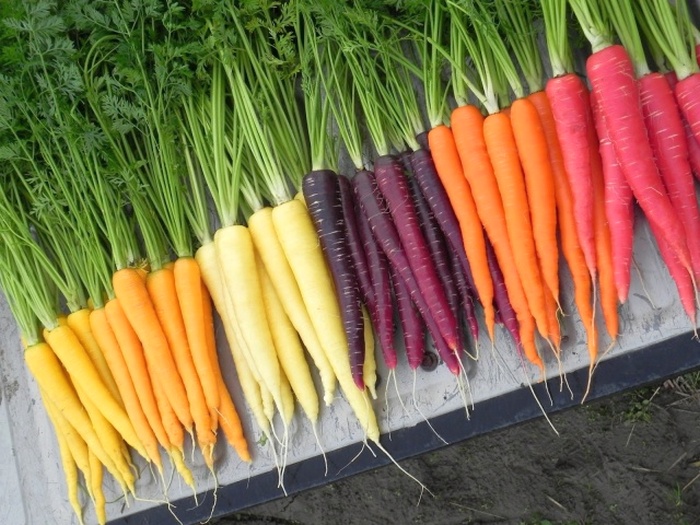
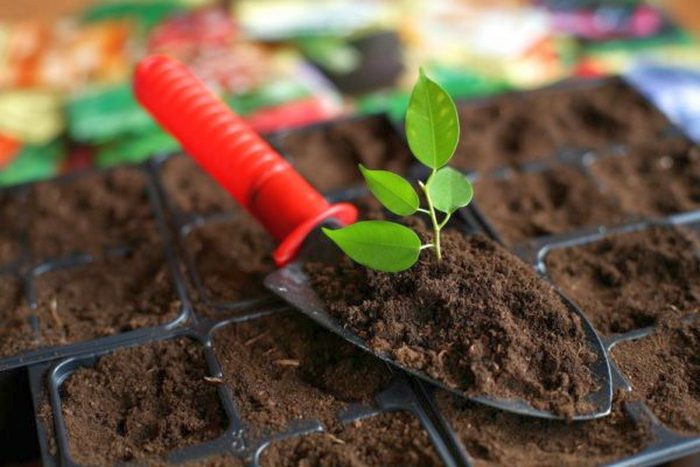
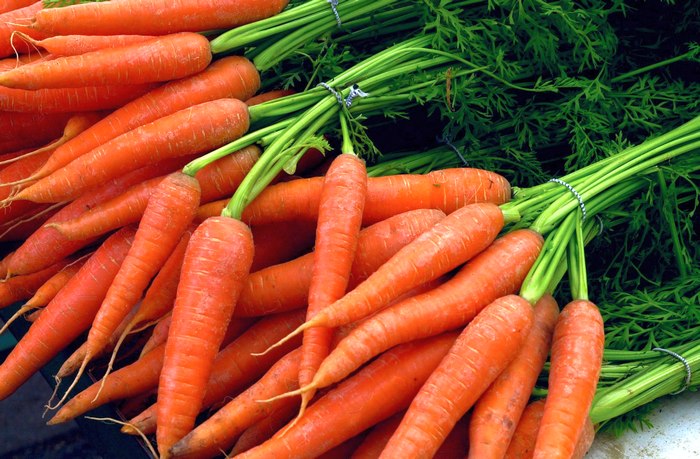
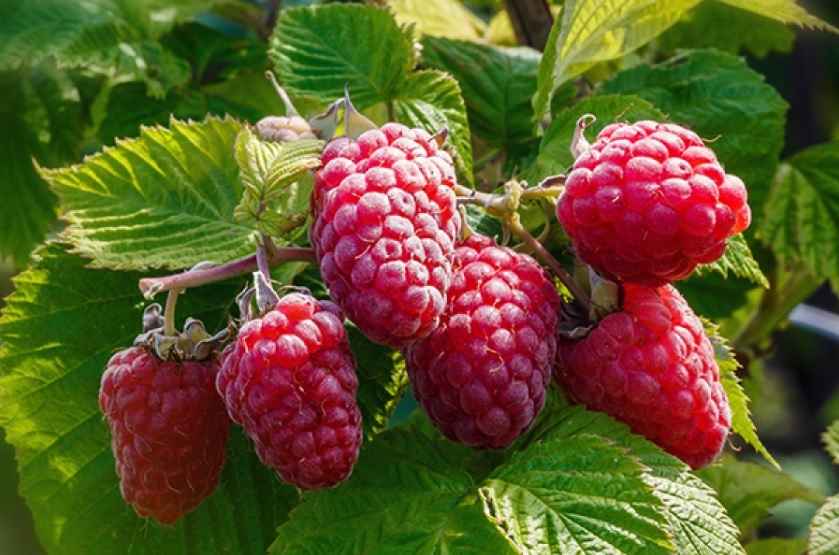

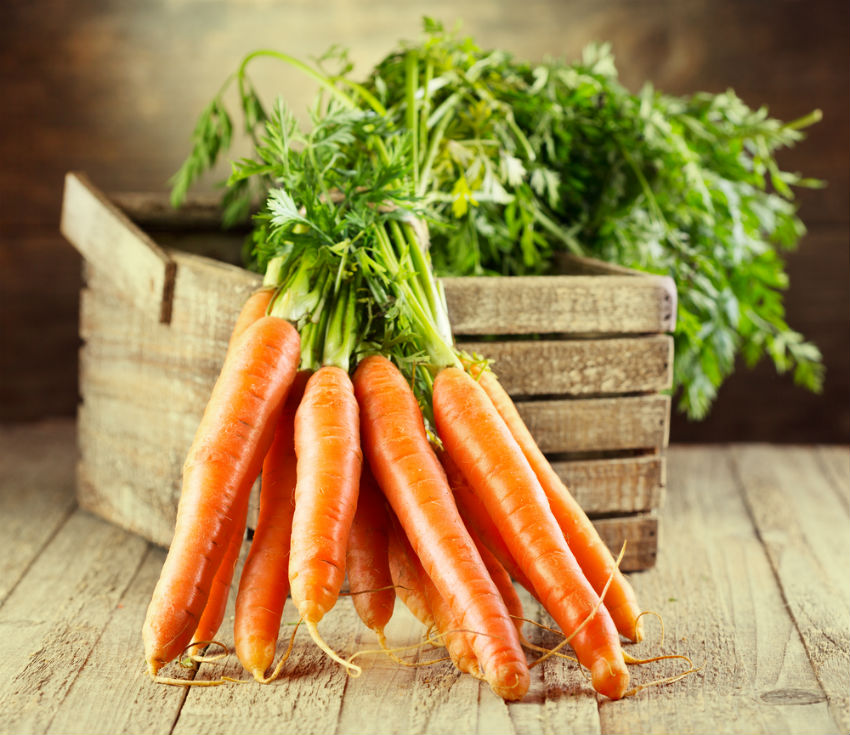
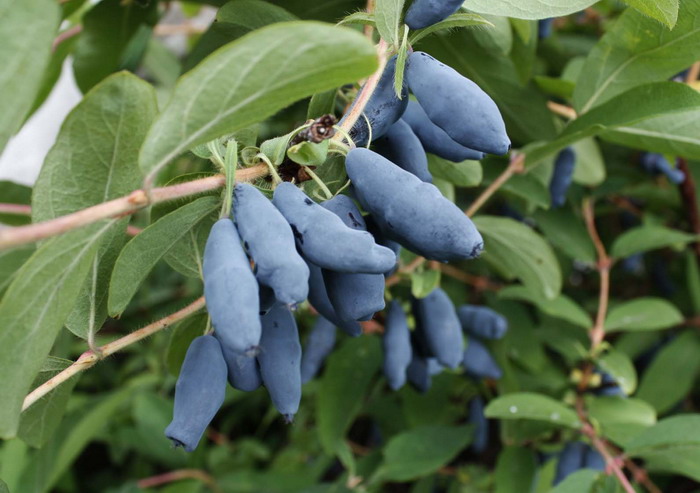
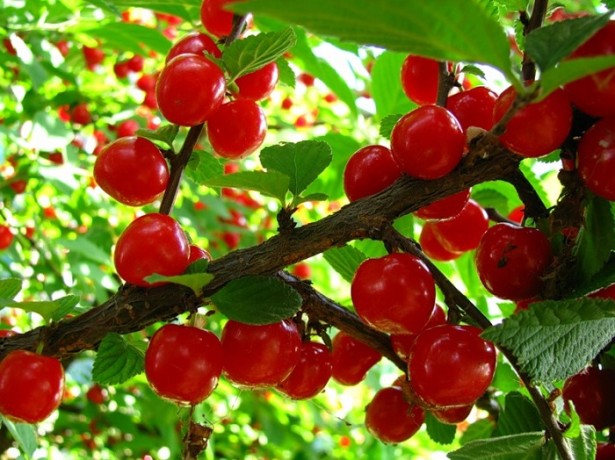
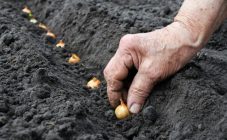







I can understand everything, except for one thing - how can you sow carrots in early April ??? I have a question: has someone already tried to sow carrots under the snowdrifts? And how was the bed gouged out in early April then?